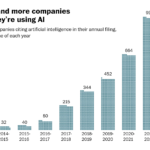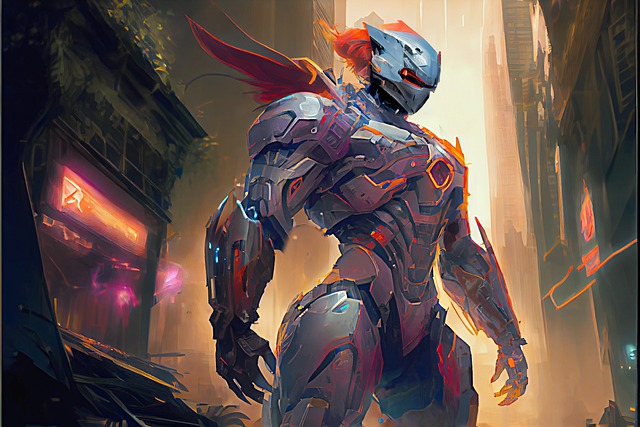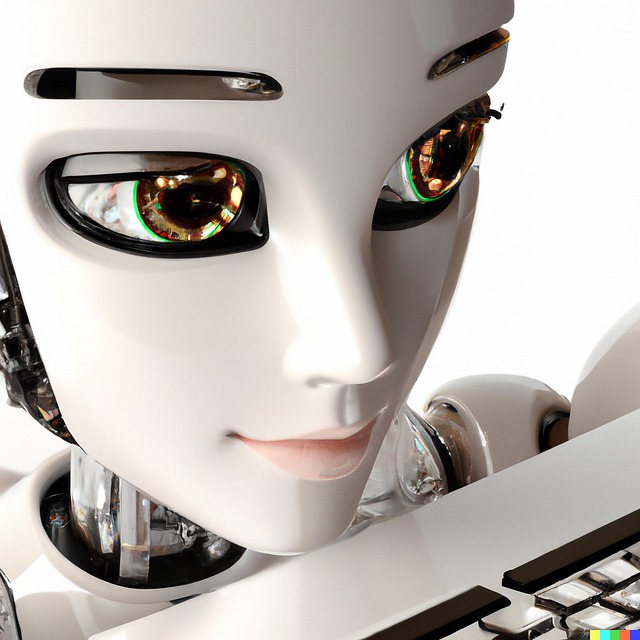AI and the Transformation of Art
The emergence of artificial intelligence (AI) has been a game-changer for many industries, and the art world is no exception. AI has the potential to revolutionize the way art is created, consumed, and monetized, and its potential impact on the industry is only just beginning to be understood. In this article, we will explore how AI is transforming art, from the way it is created to the way it is sold.
Impact on Creation
AI has had a major impact on the way art is created. As AI algorithms become more sophisticated, they are able to generate more complex artworks. For example, AI-generated paintings and sculptures can be created with a level of detail and complexity that would be impossible for a human artist to replicate. AI can also be used to create music, with algorithms able to generate entire compositions that sound indistinguishable from those created by a human composer.
In addition to creating art, AI can also be used to enhance existing works. For example, AI-powered image-editing software can be used to quickly and easily retouch photographs, or to create unique digital artwork from existing photographs. AI can also be used to analyze a painting and generate a written description of the artwork, or to identify the artist and the period in which it was created.
Impact on Consumption
AI is also transforming the way art is consumed. AI-powered recommendation systems can be used to suggest artwork to viewers based on their individual tastes and preferences. AI can also be used to create virtual galleries, allowing viewers to explore and interact with art from the comfort of their own homes. AI-powered search engines can also be used to quickly and easily find artwork, making it easier than ever for viewers to discover new artworks and artists.
Impact on Monetization
AI is also having an impact on the way art is monetized. AI-powered software can be used to automatically generate pricing recommendations for artworks, based on the artist’s reputation, the artwork’s popularity, and other factors. AI can also be used to identify potential buyers for artwork, and to recommend artwork to those buyers. AI can also be used to track the sale of artwork, allowing artists and galleries to monitor the success of their sales efforts.
Conclusion
AI is having a major impact on the art world, from the way art is created to the way it is consumed and monetized. As AI algorithms become more sophisticated, the potential for AI to revolutionize the art world is only just beginning to be understood. In the future, AI will continue to transform the way art is created, consumed, and monetized, and the potential for AI to revolutionize the art world is only just beginning to be realized.










